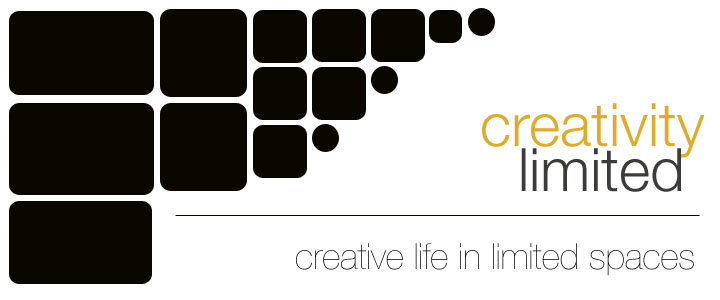The past week I have been learning about the anatomy of a magazine. How someone who is an avid collector of it would use it, read it, dream with it, get inspired by it, produce it, write for it. So on an so forth. I never thought that there is so much happening into producing this publication. Like I said, I've already accepted the fact that I may not be a writer (an elusive passionate pursuit I find myself going over and over again) yet because I have not fully embraced everything about being a writer. Let alone remain consistent at it. But I want to be one.
Embracing this long pervading dream of being one, I surmise, has led me into working for a company that prints all these publications and understanding the entire process of putting them all together that it becomes a piece of art coveted by many as soon as it gets to the stands.
I learned that a magazine's aesthetic value becomes higher when all its parts are laid out in a visually pleasing way. To readers, the color and the splash of images sorted in montages occupying carefully thought of corners on the page allow them to feed and delight on the products they want to purchase, the events they want to participate in, the places they want to visit. It gives off a feeling of being next to an opportunity. The paper used is important as well because paper has different shades and textures that allow the color and the images to jump out, to fade, to be muted, to call out, to communicate these visual images mixed with carefully chosen typefaces and well-crafted catch phrases.
Studying a magazine's elements takes as much time as studying a 15 page business case. But I realized that the approach of studying this product takes on a different style because what needs to be learned are all hidden in the conceptualization that happens prior to its production.
The interactions flow to and fro between objectivity and subjectivity. Approving a cover page may take 45 minutes depending on the project coordinator standing next to the 10 color printing unit in a noisy plant down south. Approving a layout design takes a day or two depending on the creative vision of the editor and how well developed this vision already is. I learned that ideas that are not well crafted take a while to visually translate and aesthetically developed. Preferences in opinion may get in the way of executing the design process and therein arises great frustration between the "customer" and the designer.
These are things I continue to digest to this very moment. It's a very different cycle than your usual production process that may appear to be simple and straightforward. Apparently, it's not. The human element always becomes what makes everything right or what makes everything wrong. At this point, I intend to not be the human element that gets in the way of producing quality publications. I hope to be able to write on one of them at some point in my lifetime. And hopefully someday soon I get to understand the patterns that guide these creative minds into crafting these messages onto hundreds of pages and what influences their choices of color and design so that I don't have to sit next to a noisy printing unit for 45 minutes next time.



